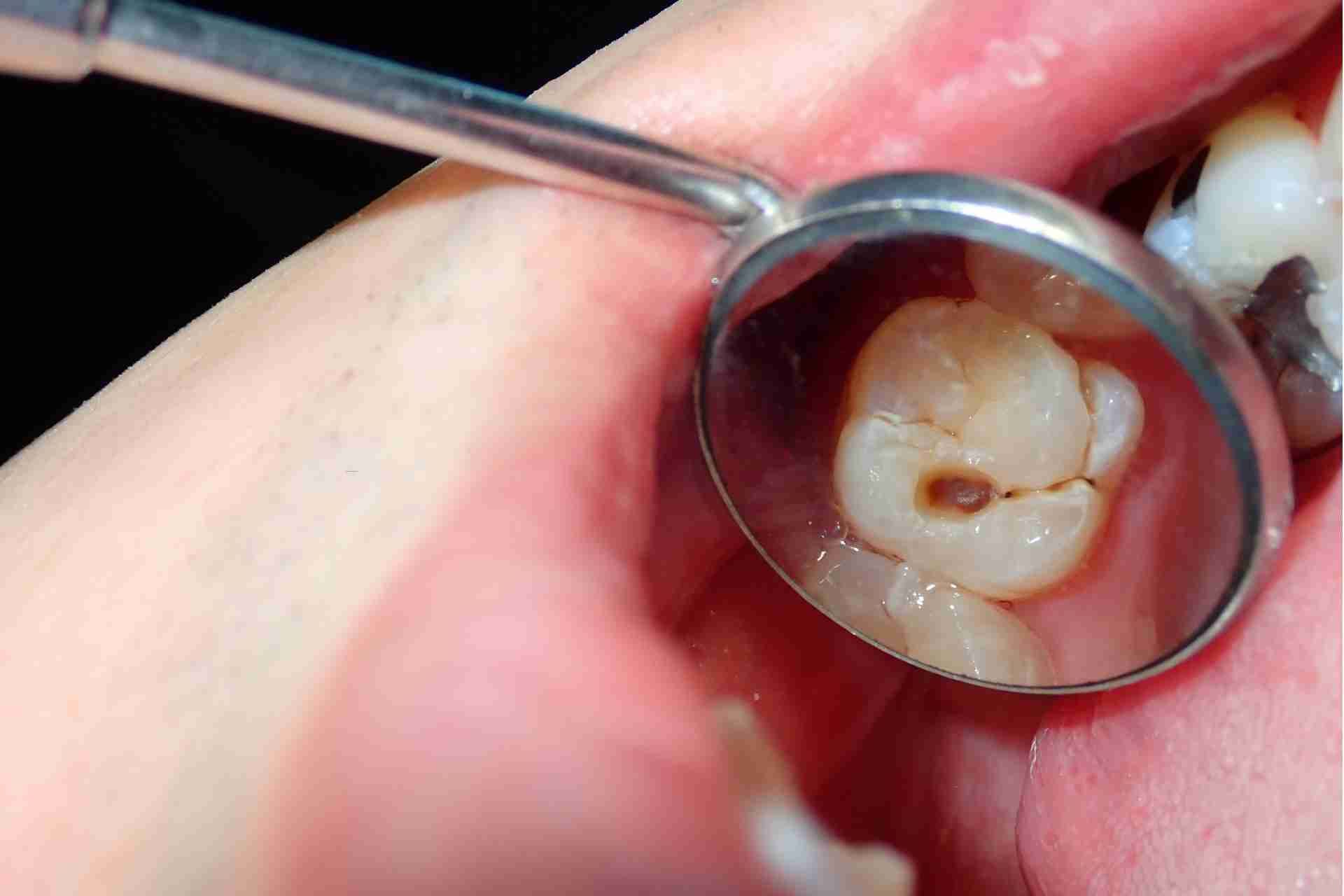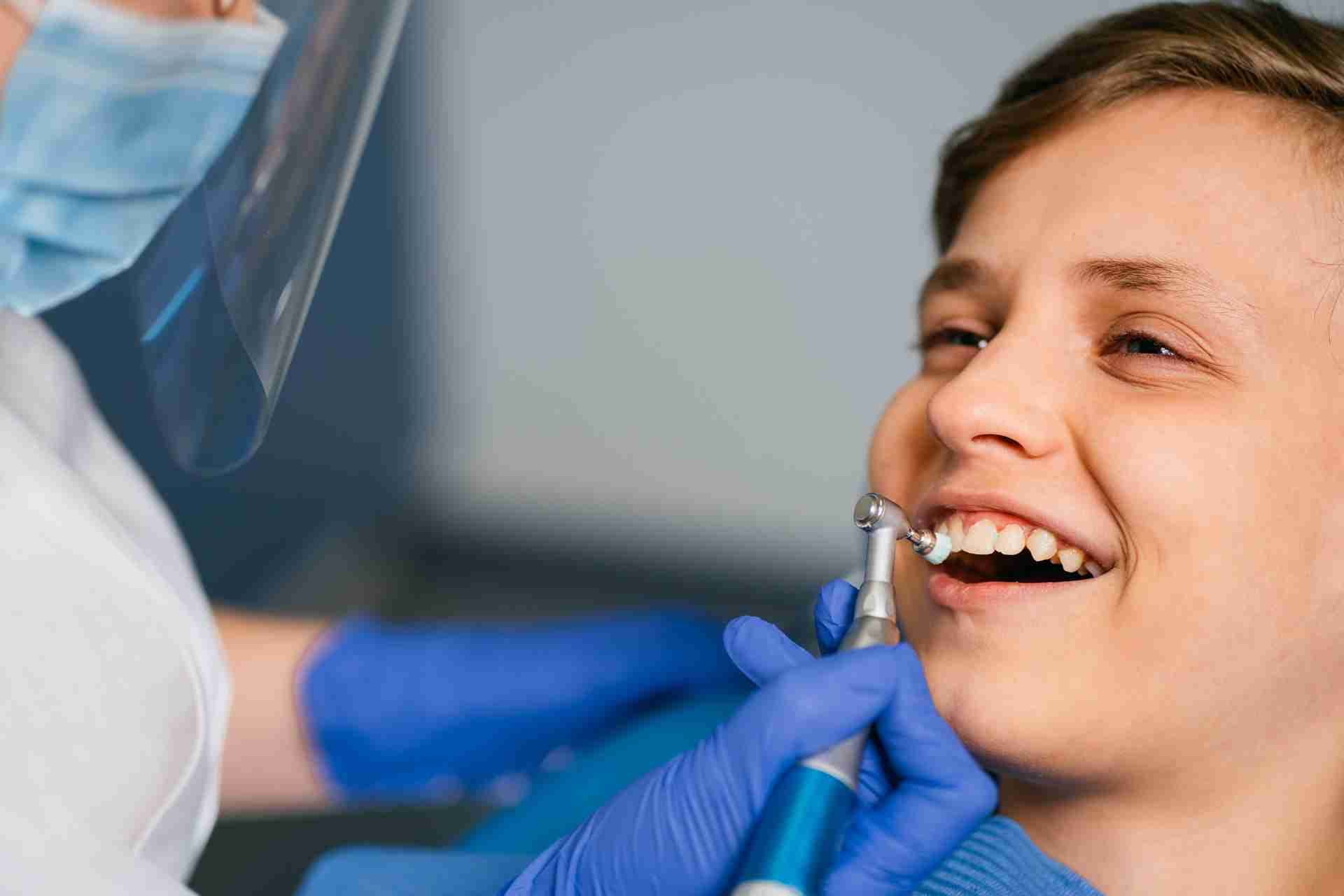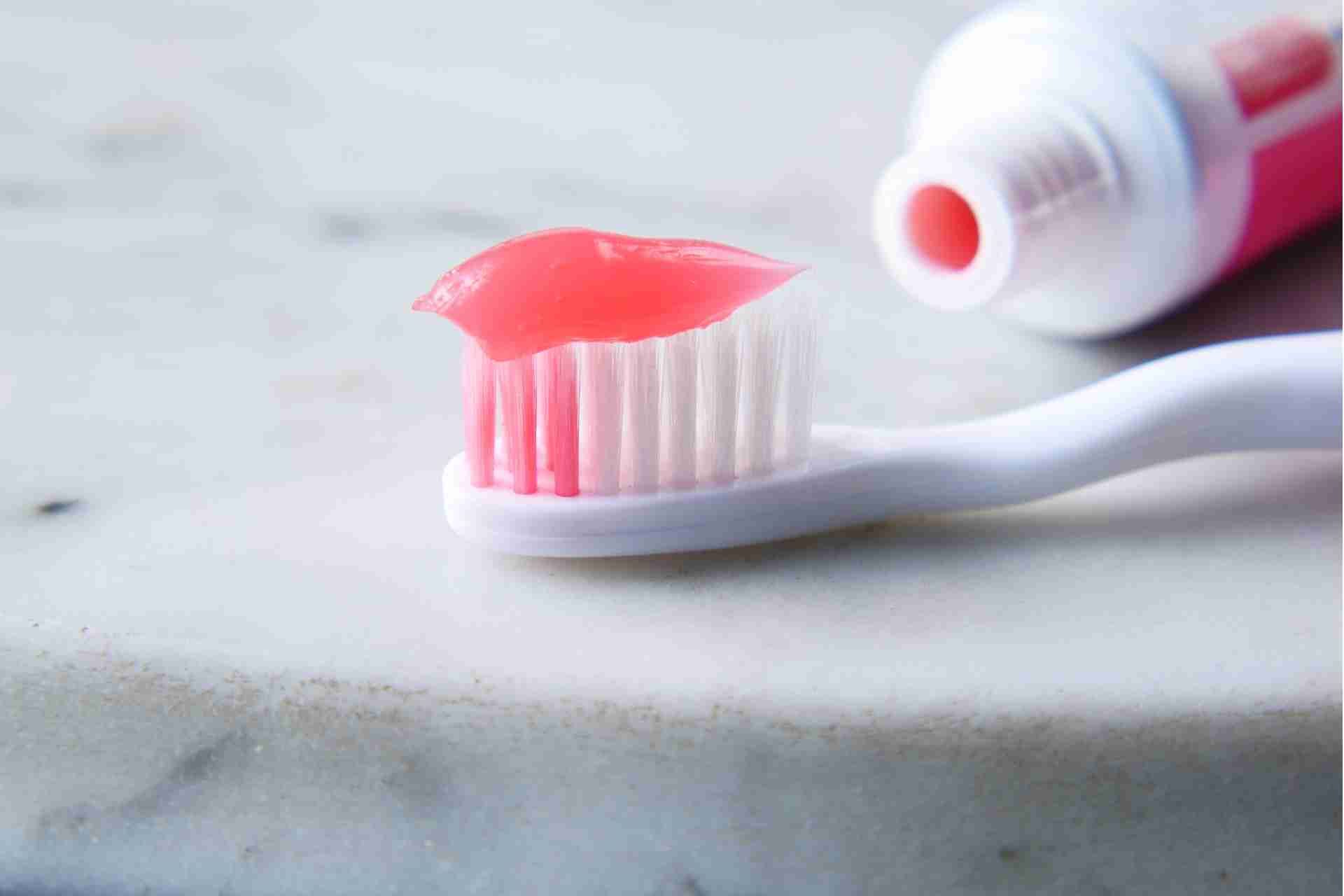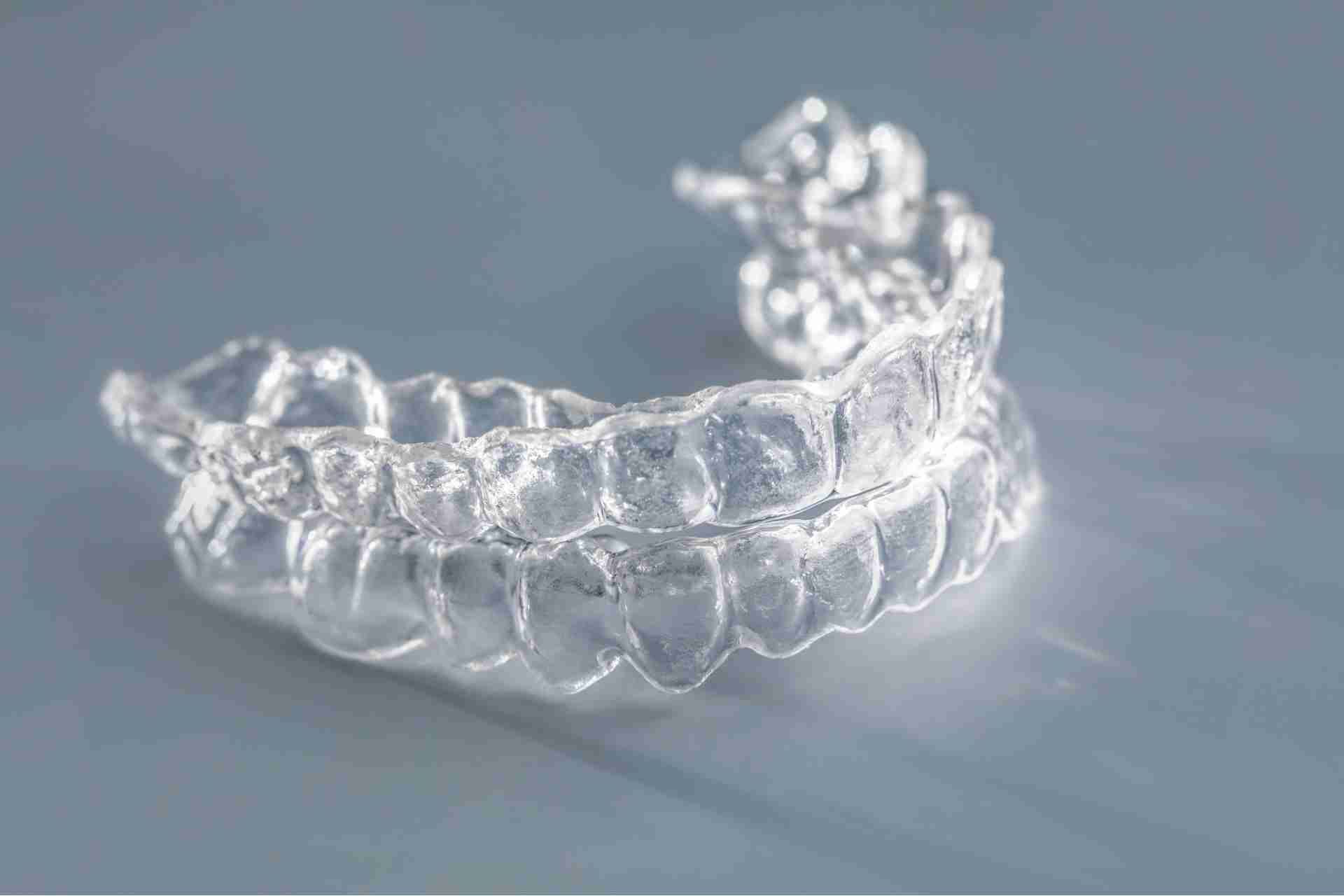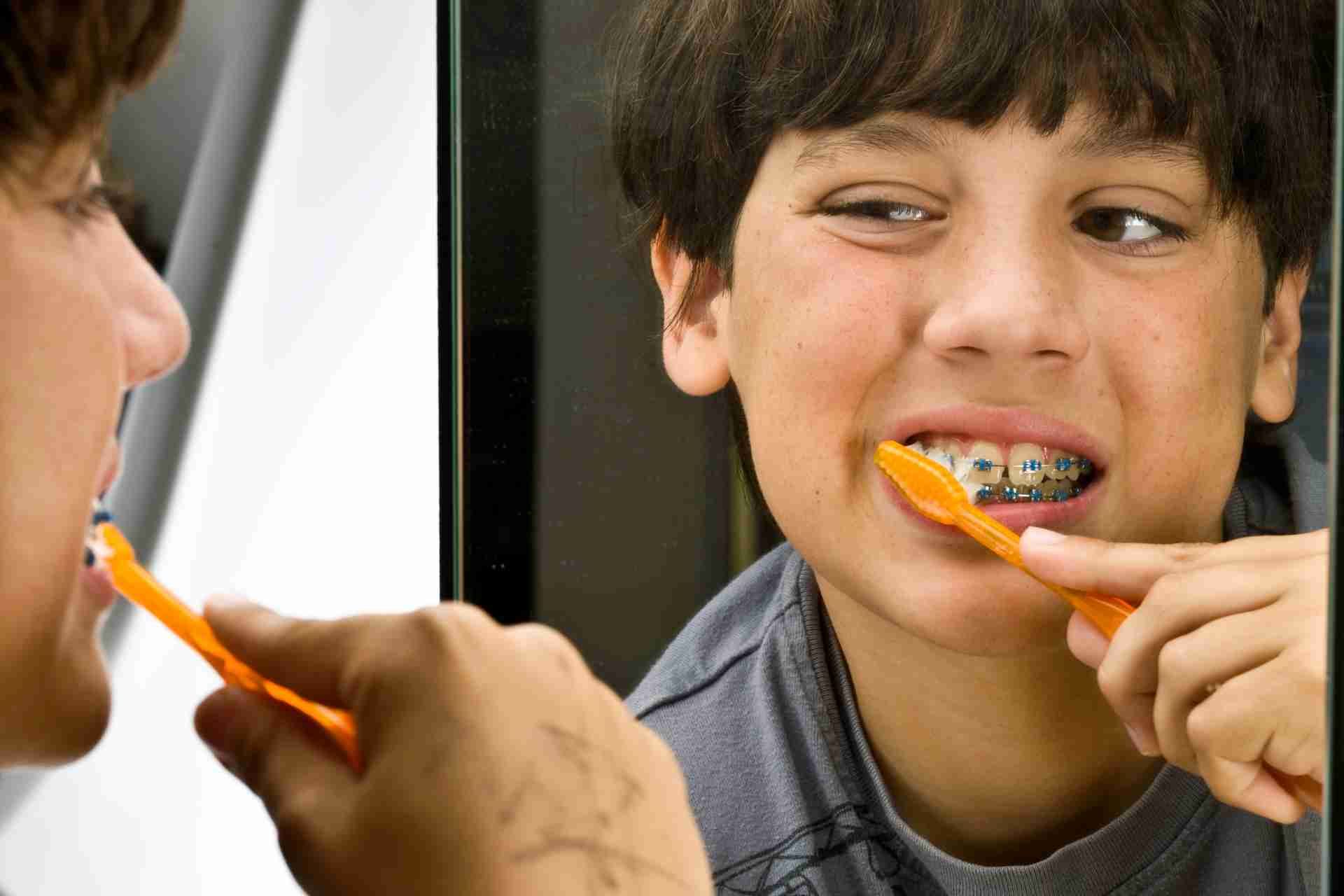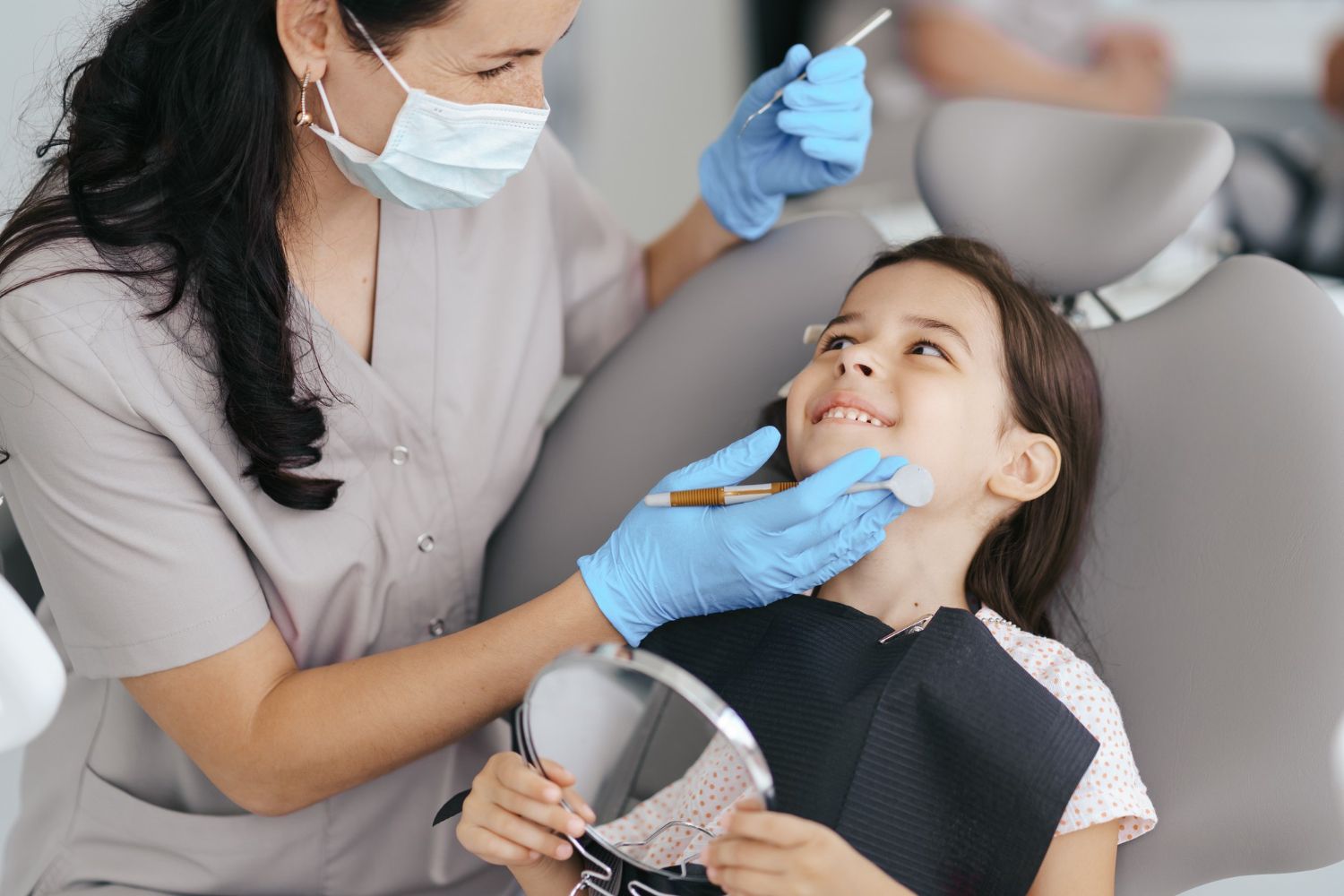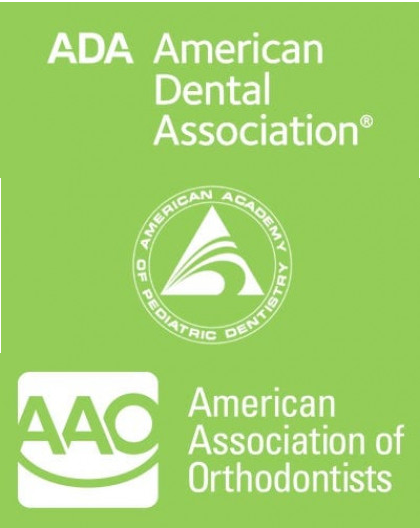The Best Age to See an Orthodontist—and Why It Matters

When it comes to your child's dental health, knowing the right time to see an orthodontist can make all the difference. Most experts recommend scheduling that first visit around age seven, when a mix of baby and adult teeth emerges. This early evaluation can uncover potential issues before they become serious. But how do you know if your child really needs to see an orthodontist? Understanding those signs is crucial.
The Importance of Early Orthodontic Evaluation
When you recognize the signs of dental issues in your child, scheduling an early orthodontic evaluation can make a significant difference.
Early assessments allow you to identify potential problems like misaligned teeth or jaw discrepancies before they worsen. Catching these issues early can lead to simpler, more effective treatment options. Your child's dental development can be closely monitored, ensuring that any necessary interventions are timely.
Additionally, addressing concerns sooner rather than later can boost your child's confidence and self-esteem, as well-aligned teeth often lead to a brighter smile.
Recommended Ages for First Orthodontic Visit
After understanding the importance of early orthodontic evaluations, you might wonder when to schedule that first visit.
The American Association of Orthodontists recommends that children have their first orthodontic check-up by age seven. At this age, most kids have a mix of primary and permanent teeth, allowing the orthodontist to identify potential issues early on.
If your child's teeth are developing properly, you may not need further visits until later. However, if there are concerns, early intervention can help guide jaw growth and align teeth more effectively.
Signs Your Child May Need Orthodontic Treatment
How can you tell if your child might need orthodontic treatment? Look for signs like difficulty chewing or biting, which can indicate misalignment.
If you notice your child frequently bites their cheeks or lips, that's another red flag. Pay attention to gaps between teeth or if teeth overlap; these issues can affect their smile and confidence.
Also, if your child has a noticeable overbite or underbite, it's time to consult an orthodontist. You might see them grinding their teeth, which can lead to further dental problems.
Lastly, if you observe that their teeth appear crowded, that's a clear sign they need a professional evaluation. Catching these signs early can make a big difference in their dental health.
Benefits of Early Orthodontic Intervention
Recognizing the signs that your child may need orthodontic treatment is just the first step. Early orthodontic intervention can offer numerous benefits that set the stage for a healthier smile.
By addressing issues like overcrowding or misalignment early on, you can prevent more complex problems later. This proactive approach often leads to shorter treatment times and less invasive procedures.
Additionally, correcting bite issues early can improve your child's ability to chew and speak properly. You'll also help boost their self-esteem, as a straight smile can enhance confidence during formative years.
Investing in early orthodontic care not only saves time and money in the long run but also lays the groundwork for a lifetime of oral health.
Common Orthodontic Treatments for Different Age Groups
When considering orthodontic treatments, it's essential to understand that different age groups have unique needs and options.
For children, interceptive treatments like space maintainers or expanders can guide proper jaw development. By age 7, you should consult an orthodontist to assess any potential issues early on.
Teenagers often benefit from traditional braces or clear aligners, which effectively address alignment and bite problems during their growth spurts. These options can be both aesthetic and effective.
For adults, options like clear aligners provide a discreet way to achieve a straighter smile. Lingual braces are also popular, as they sit behind the teeth for a hidden approach.
Each age group has tailored solutions, ensuring everyone can attain their ideal smile.
Long-Term Impact of Timely Orthodontic Care
Timely orthodontic care can significantly enhance not just your smile but also your overall oral health for years to come.
When you address alignment issues early, you reduce the risk of developing more serious dental problems in the future. Straight teeth are easier to clean, which lowers your chances of cavities and gum disease.
Moreover, correcting bite issues can relieve jaw pain and prevent excessive wear on your teeth.
Investing in orthodontics at the right age can improve your self-esteem and confidence, leading to better social interactions.
You'll likely maintain healthier teeth and gums, reducing the need for costly dental treatments down the line.
Ultimately, timely orthodontic care sets the foundation for a lifetime of optimal oral health.
Conclusion
In conclusion, scheduling your child's first orthodontic visit around age seven can make a big difference. Early evaluations help catch potential issues, guiding healthier jaw growth and simpler treatments. By addressing concerns early, you're not just improving their smile but boosting their confidence and long-term oral health. So, don't wait—take that proactive step to ensure your child has the best chance for a healthy, beautiful smile throughout their life!
